The population on Earth continues to grow daily. While this growth brings benefits to our lives, it also creates severe challenges such as shortages of food and water resources and strain on the environment. However, regarding this population growth, there are whispers of a shocking rumor that “a plan to intentionally reduce the population is underway.”
At the center of this rumor is the World Health Organization (WHO), an international organization meant to protect our health. What if this institution, which is supposed to support the health of people worldwide, is pursuing an entirely different goal behind the scenes? If so, wouldn’t the foundation of the world we know be fundamentally shaken?
This enigmatic “Population Reduction Plan”—where did it originate, and how is it being discussed? What lies behind it? If this is true, how would it impact our lives and future?
Join us as we delve into the depths of this story and see the truth for yourself.
Where does the truth lie?
- The Hidden Face of the World Health Organization
- Conspiracy Theories Surrounding WHO
- Events Cited as Evidence for the “Population Reduction Plan”
- Evidence Supporting the Population Reduction Plan
- Conclusion: Where Do We Go From Here?
The Hidden Face of the World Health Organization
The World Health Organization (WHO) is widely recognized as a vital international institution supporting global public health.
Its mission, established in 1948, is “to ensure that all people enjoy the highest attainable level of health.”
It undertakes a wide range of activities, including the prevention and eradication of infectious diseases, improving healthcare systems, and providing health-related information.
But can we trust that all of WHO’s activities are entirely transparent and impartial?
Despite its prestigious reputation, there are shocking rumors in some circles that “WHO is involved in a Population Reduction Plan.”
Where do these rumors originate, and what evidence supports these claims?
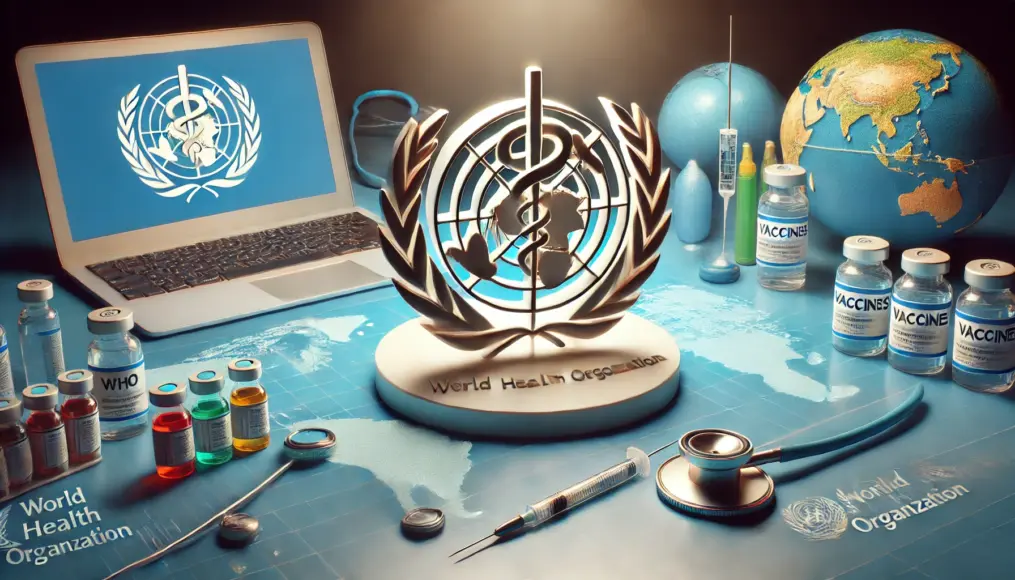
The Establishment and Purpose of WHO
WHO was established during the chaotic post-World War II era.
At that time, the rampant spread of infectious diseases and public health crises worldwide necessitated its creation with the support of the United Nations.
Its primary purpose, “to ensure the highest level of health for all people worldwide,” has guided its diverse activities since its inception.
Key Activities of WHO
WHO’s activities span various fields, with the following areas drawing particular attention:
- Monitoring and responding to infectious diseases
- Supporting medical infrastructure
- Providing and promoting health information
These activities play a crucial role in protecting global health.
However, some argue that these initiatives may serve an ulterior purpose.
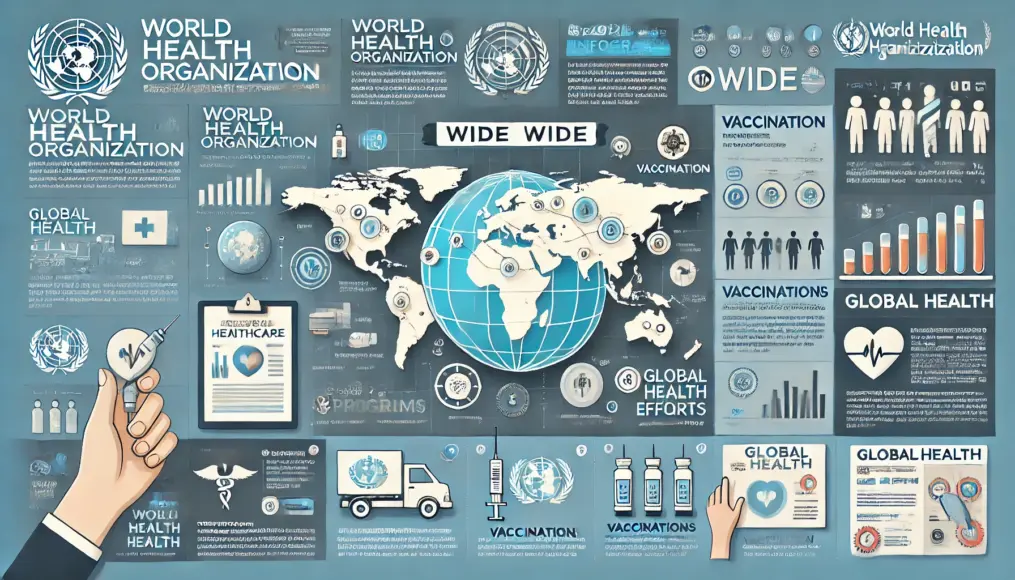
Conspiracy Theories Surrounding WHO
There is a conspiracy theory claiming that WHO is secretly advancing a “Population Reduction Plan” behind its public-facing activities.
This plan allegedly aims to intentionally decrease the population to prevent the depletion of Earth’s resources caused by rapid population growth.
If true, it would profoundly shake the structure of the world as we know it.
The Main Claims of the Conspiracy Theory
The theory that WHO is involved in a “Population Reduction Plan” includes several specific allegations.
Suspicion Surrounding Vaccines
Some conspiracy theorists harbor suspicions about the vaccine programs promoted by WHO.
They claim that “vaccines contain specific ingredients that could affect people’s reproductive abilities.”
Although no concrete evidence supports this theory, it remains a focal point of conspiracy discussions.

Biased Policies Toward Certain Regions
Critics allege that WHO implements strict policies for developing countries while favoring developed nations.
For instance, the perceived unequal distribution of medical supplies is often cited as evidence supporting this theory.
Is there truth to these claims, or are they merely rumors born of misunderstanding and prejudice?

Events Cited as Evidence for the “Population Reduction Plan”
The conspiracy theory surrounding the “Population Reduction Plan” cites various events as evidence.
Although these events may seem unrelated at first glance, conspiracy theorists link them as parts of a larger plan.
Underlying this theory are concerns about the environmental strain and resource depletion caused by population growth.
Let’s explore the specific events that are cited as evidence for this alleged plan.
The Impact of Global Infectious Disease Pandemics
Pandemics have posed significant challenges to humanity throughout history.
However, conspiracy theorists claim that these pandemics are not “natural occurrences” but rather part of a “Population Reduction Plan.”
In particular, they focus on recent infectious diseases such as the H1N1 influenza and COVID-19.
How are these pandemics tied to the conspiracy theory? Let’s take a closer look.
The Spread of H1N1 Influenza
The H1N1 influenza pandemic of 2009 spread rapidly across the globe.
Although WHO responded promptly, some accused it of “overreacting.”
This alleged overreaction sparked suspicions that the organization prioritized pharmaceutical company profits.
Reports of vaccine side effects further fueled conspiracy theories.
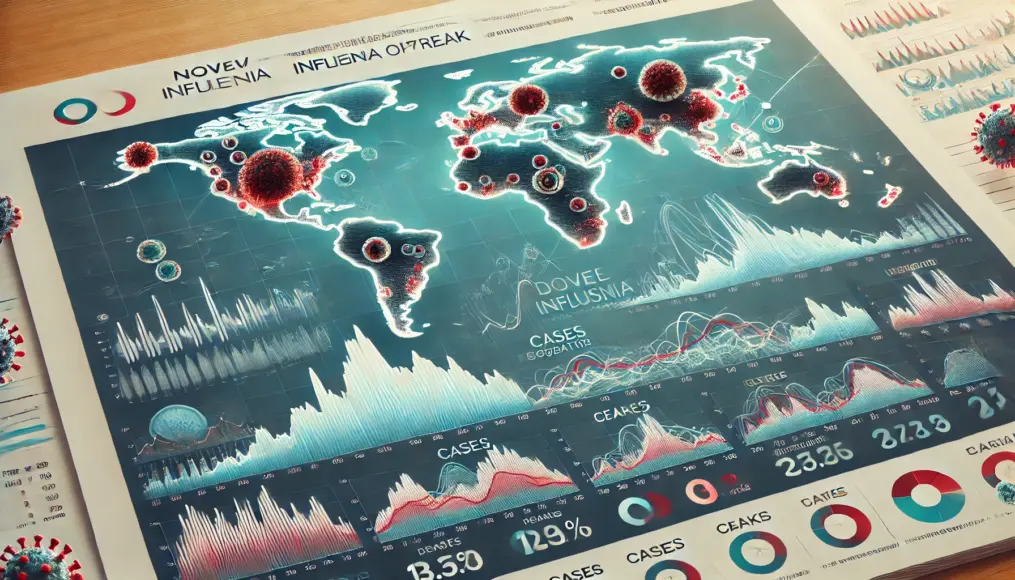
COVID-19 and Its Aftermath
The COVID-19 pandemic, which began in 2020, had a profound impact on modern society.
Some conspiracy theorists assert that the virus was intentionally created and released.
They allege that it serves as a “biological weapon” targeting specific populations or countries.
These claims, combined with distrust in official explanations, have fueled the spread of this conspiracy theory.
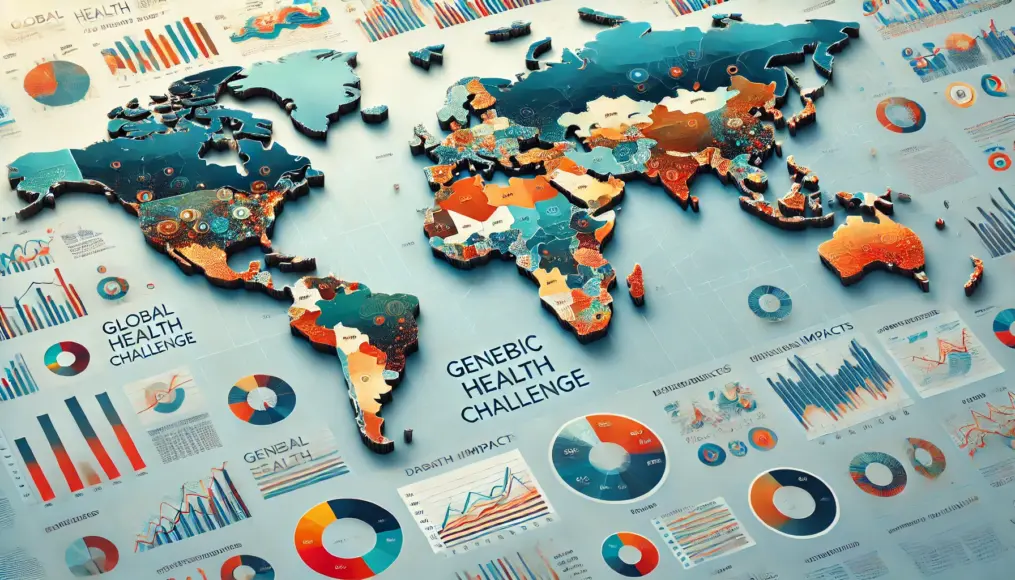
Debates Surrounding Vaccines
Vaccines are a central topic in conspiracy theories.
While vaccines are designed to prevent infectious diseases, some believe they are being used as tools for “population control.”
These beliefs are fueled by speculation about vaccine components and mandatory vaccination policies.
Hidden Intentions Behind Vaccine Ingredients
Certain conspiracy theories claim that specific ingredients in vaccines can impact reproductive health.
Proponents of this theory point to sudden declines in birth rates in certain regions.
Although scientific evidence does not support these claims, they remain a key driver of vaccine-related conspiracy theories.
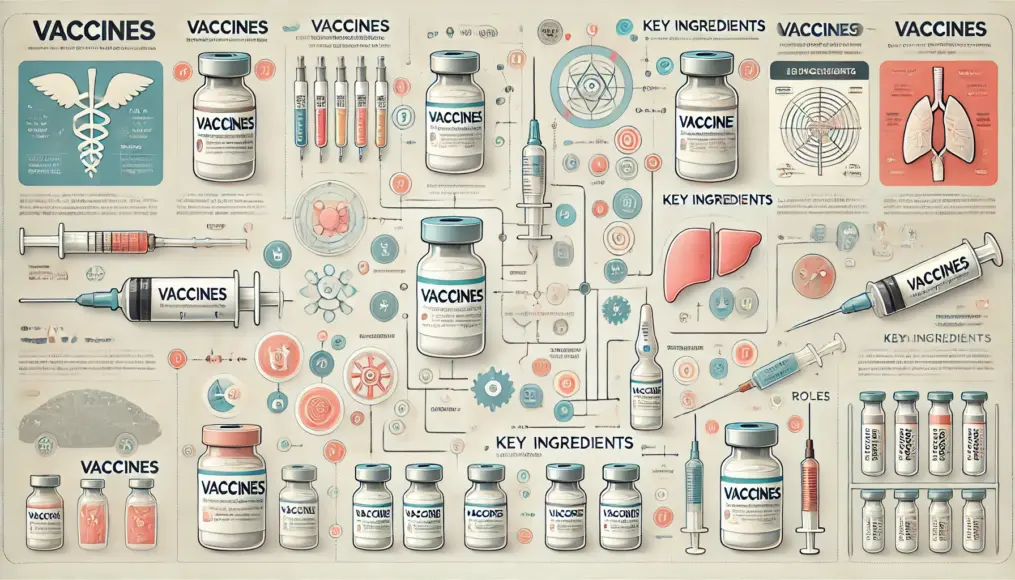
Mandatory Vaccination Policies
In some countries, vaccination is virtually mandatory.
Critics argue that these mandates infringe on individual freedoms.
Conspiracy theorists claim that governments and international organizations are using these mandates to enforce a “Population Reduction Plan.”
Such claims have exacerbated public distrust in vaccination programs.

Policies and Demographic Changes in Specific Regions
Policy disparities often amplify conspiracy theories.
For example, delayed medical resource distribution in developing nations and regional birth rate changes have sparked debates.
Medical Resource Allocation in Developing Nations
The unequal distribution of medical resources has been a longstanding issue.
Delays in providing medical supplies to developing nations have led to more severe consequences from infectious diseases.
Some argue that these inequalities are intentional efforts to reduce populations.

Regional Declines in Birth Rates
In certain areas, birth rates have declined sharply, prompting suspicions of deliberate action.
Environmental and economic factors may contribute, but conspiracy theorists see intentional manipulation behind these trends.
Understanding these changes is crucial for uncovering the truth.

Evidence Supporting the Population Reduction Plan
Proponents of the “Population Reduction Plan” conspiracy theory present several types of evidence.
Their claims are based on statistical data, whistleblower testimony, and global policy trends.
Let’s delve into the elements that they argue support their theory.
Hidden Truths in Statistical Data
Statistical data often serves as the “proof” for conspiracy theories.
Key points of focus include population trends, declining birth rates, and rising mortality from specific diseases.
But are these trends purely coincidental, or do they indicate intentional manipulation?
Population Decline in Specific Regions
Regions in Europe and Asia have reported significant population declines in recent years.
While aging populations and economic struggles are primary factors, conspiracy theorists interpret these as deliberate reductions.
They cite reduced government support for families and restrictive immigration policies as contributing factors.
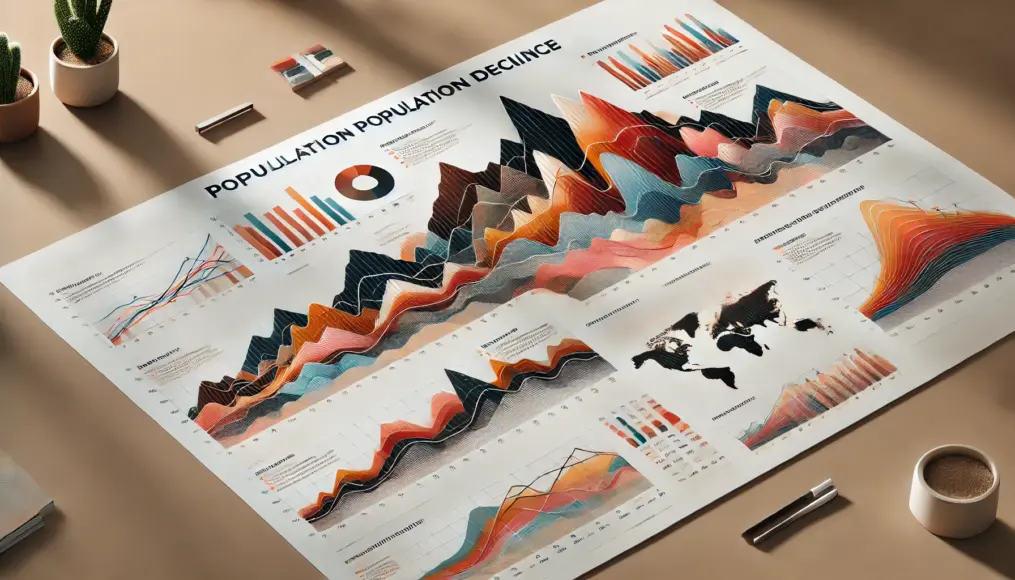
Unnatural Increases in Disease Mortality Rates
Reports of certain diseases spreading rapidly and claiming numerous lives in specific regions raise suspicions.
Some theorists suggest that these outbreaks are “test runs for biological weapons.”
Although natural factors like climate change also play a role, conspiracy theorists focus on perceived human intent.

Testimonies from Whistleblowers
Whistleblowers provide some of the most compelling elements in conspiracy theories.
These testimonies are often treated as direct evidence of secretive plans.
Former WHO Employees Speak Out
Alleged former WHO employees claim that closed-door meetings on population reduction took place within the organization.
They also suggest that vaccine programs and policies have hidden motives.
While these testimonies are mostly anonymous, they remain influential among conspiracy believers.

Statements from Industry Insiders
Some pharmaceutical and healthcare professionals hint at deliberate actions within their industries.
These include allegations of restricted competition and concentrated vaccine production in select companies.
While often lacking hard evidence, such statements fuel conspiracy theories.

Global Policies and Population Trends
Global policies are often cited as components of the “Population Reduction Plan.”
These policies impact economics, healthcare, and the environment, often sparking speculation about their true intentions.
The Impact of Specific Policies
Economic sanctions and reductions in international aid have significant effects on certain countries and regions.
In developing nations, such policies can directly hinder access to food and medical supplies, exacerbating population issues.
Conspiracy theorists argue that these policies intentionally aim to decrease populations in targeted areas.

Links Between Environmental Policies and Population Control
Environmental policies are another focus of conspiracy theories.
Efforts to reduce greenhouse gases and conserve resources are seen by some as placing undue burdens on populations.
These policies, critics say, disproportionately affect impoverished communities in developing nations.

Conclusion: Where Do We Go From Here?
The conspiracy theory surrounding the “Population Reduction Plan” has sparked extensive debate.
While its credibility remains contested, the theory reflects broader concerns about societal and environmental challenges.
The Broader Implications of Conspiracy Theories
Conspiracy theories often stem from genuine fears and unresolved societal issues.
The “Population Reduction Plan” highlights concerns about overpopulation, resource scarcity, and healthcare inequalities.
Addressing these root causes could reduce the appeal of such theories.
The Need for Transparent Information
Transparency is crucial in dispelling conspiracy theories.
Governments and organizations must provide clear, accessible information about their policies and actions.
Additionally, improving media literacy can empower individuals to discern fact from fiction.

What We Can Do
While conspiracy theories can be intriguing, they also have the potential to spread fear and misinformation.
As individuals, we must approach such theories critically and responsibly.
Sharing Accurate Information
When sharing information on platforms like social media, it’s essential to verify sources and ensure accuracy.
This simple step can help prevent the spread of false narratives.
Embracing Diverse Perspectives
Viewing issues from multiple perspectives is critical for gaining a comprehensive understanding.
By considering diverse viewpoints, we can better navigate complex societal challenges.

Final Thoughts
The existence of conspiracy theories serves as a reflection of the uncertainties and anxieties of our modern world.
Whether or not the “Population Reduction Plan” holds any truth, it prompts valuable discussions about the challenges facing humanity.
Through education, critical thinking, and open dialogue, we can address these issues and foster a more informed and resilient society.
What are your thoughts on the topics covered in this article?
We encourage you to share your opinions in the comments section below.




Comment